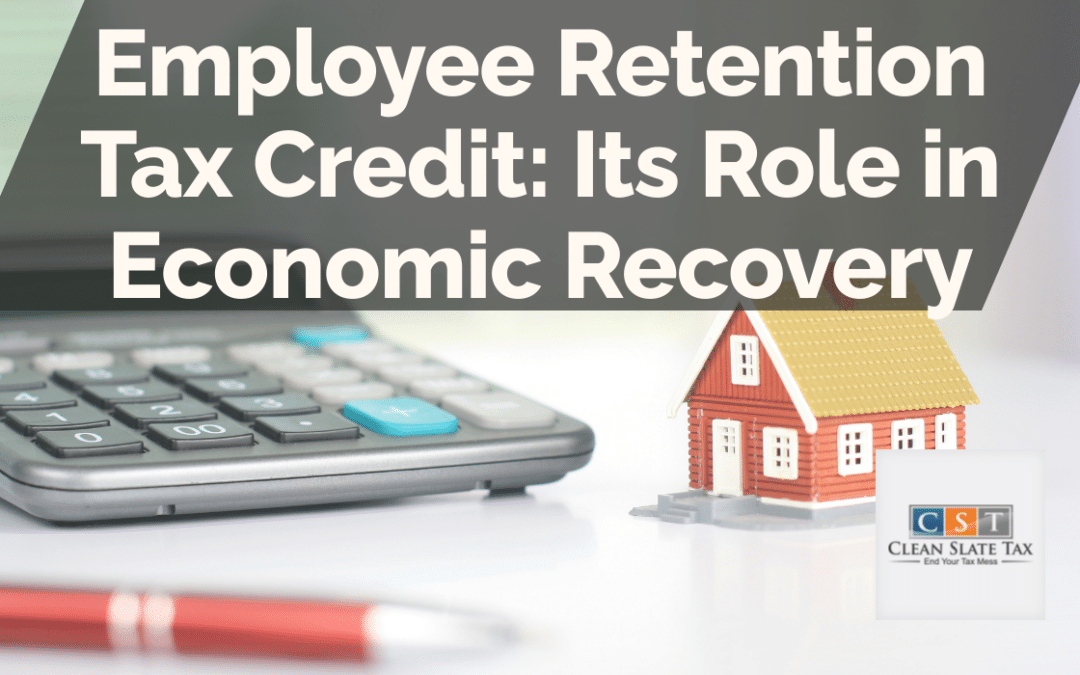The Employee Retention Tax Credit (ERTC) is a highly effective legislative tool formulated to stabilize businesses, maintain the workforce, and promote economic recovery in challenging times. It signifies a vital component of the national fiscal response to the COVID-19 pandemic, enabling companies to retain their employees during the crisis. With the extension and enhancement of ERTC provisions, more businesses can now take advantage of this tax relief to build operational resilience.
Understanding Employee Retention Tax Credit
The Employee Retention Tax Credit is a refundable tax credit against specific employment taxes. Its primary purpose is to encourage businesses to maintain their employees on payroll in the wake of a significant decline in gross receipts or closure orders due to a national disaster.
Current ERTC Provisions
Under the CARES Act, the ERTC was initially available for wages paid from March 13, 2020 through December 31, 2020. However, subsequent legislations including the Consolidated Appropriations Act and the American Rescue Plan Act extended the ERTC Through December 31, 2021.
Key Features of the ERTC
- The credit is 70% of qualified wages, including certain health plan expenses, paid to employees.
- Maximum credit amount available per employee is $7,000 per quarter.
- It is available to employers, including non-profits, whose operations were either fully or partially suspended due to COVID-19 related shut-down orders.
- Companies that faced over 20% reduction in gross receipts compared to the same quarter of the previous year are also eligible.
Role of ERTC in Economic Recovery
The ERTC has major implications for economic recovery at both the microeconomic (company) and macroeconomic (national) levels.
Maintaining Business Operations
By providing crucial financial respite, ERTC allows businesses to continue their operations, thereby preventing layoffs and contributing to economic stability.
Stimulating Economic Activity
ERTC supports businesses in retaining employees, which ensures continuous consumer spending, stimulates economic activity, and accelerates recovery.
FAQs About Employee Retention Tax Credit
Who is eligible for the ERTC?
All employers, including non-profits, are eligible if they have faced closure or significant gross receipts decline due to COVID-19.
Can an employer receive both Paycheck Protection Program (PPP) loan and ERTC?
Yes, employers can benefit from both, however, they cannot use PPP funds and ERTC for the same expenses.
How can employers claim the ERTC?
Employers can claim ERTC by reporting their total qualified wages and related health insurance costs for each quarter on their employment tax returns.
Understanding and making use of the Employee Retention Tax Credit can be an important part of surviving and succeeding through challenging economic landscapes. By retaining employees, companies not only save jobs, but they also play a critical role in the recovery and stability of the broader economy.





